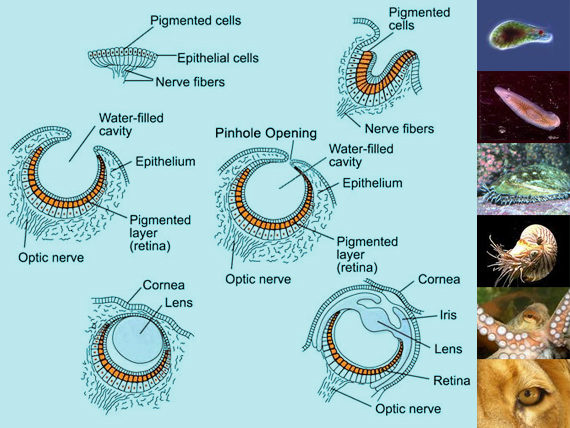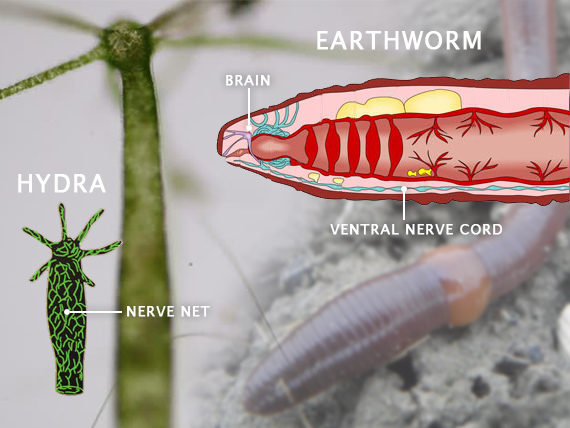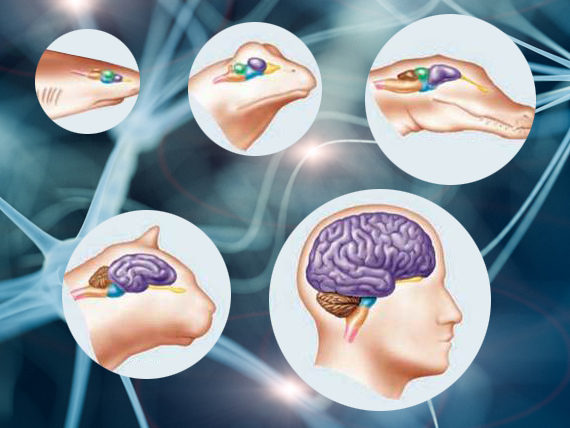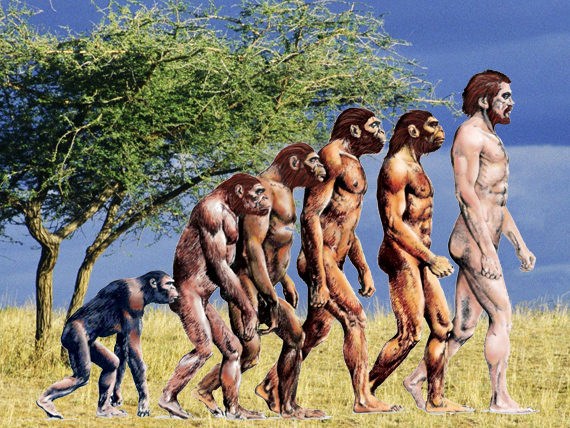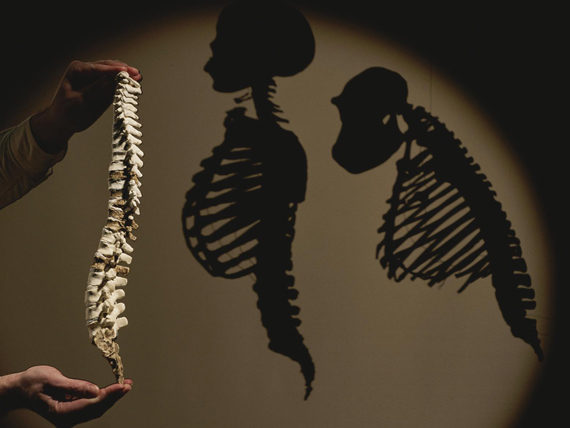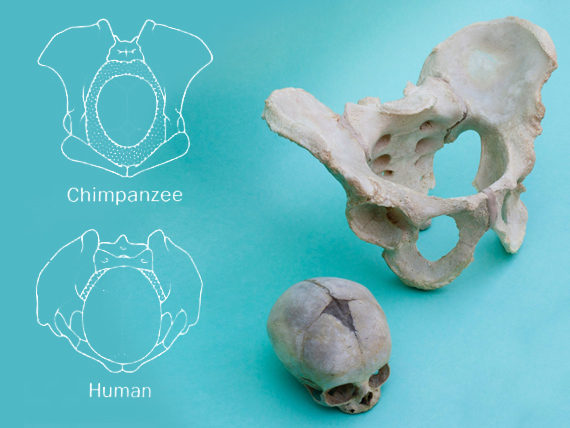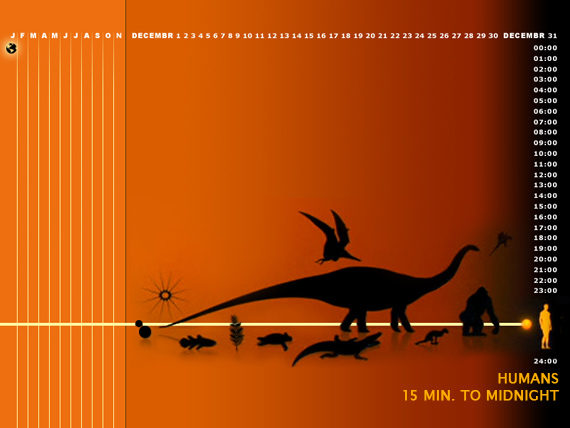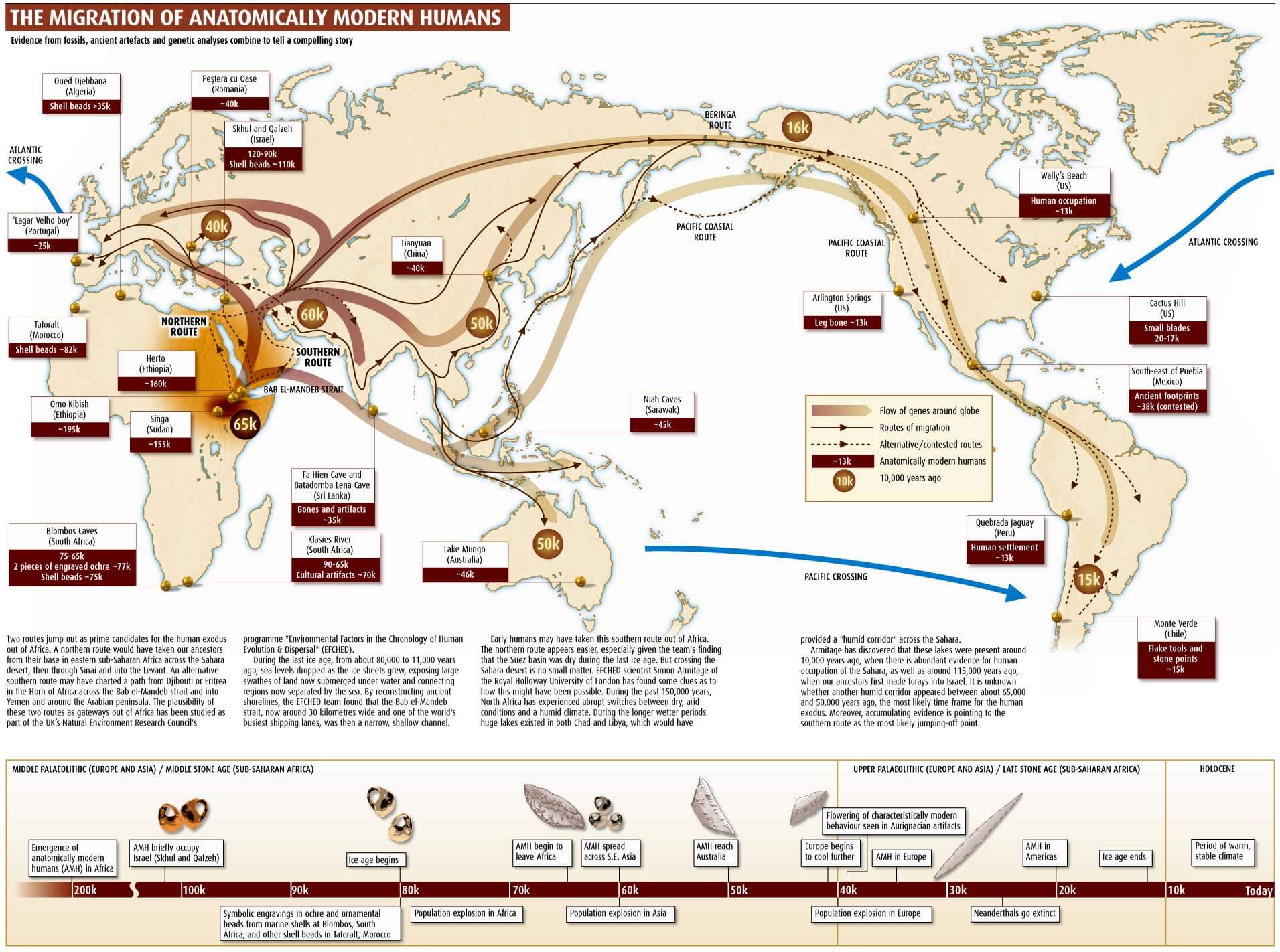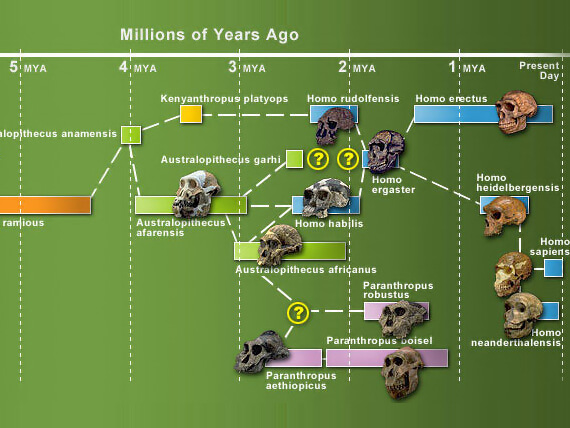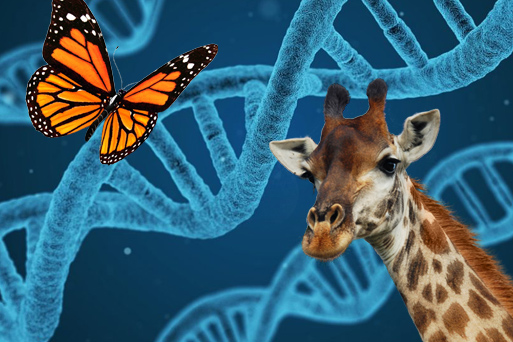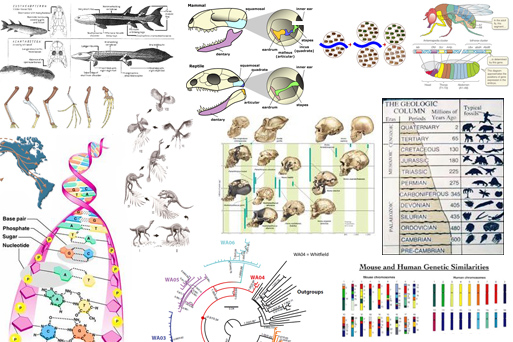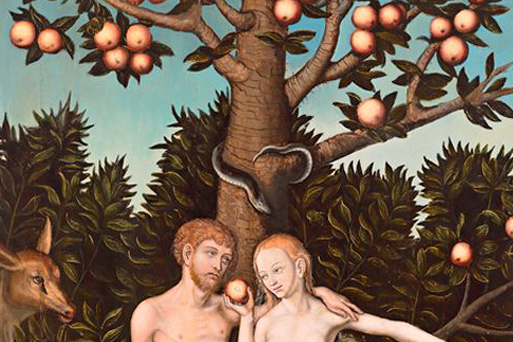Climate has a big role in evolutionary changes, if you are shorter and stockier you retain more heat, ideal for colder environments. There is a lot of diversity among humans, most noticeable is distinctions in skin color. This color is determined by the amount and type of pigment melanin in one’s skin. People with ancestors from sunny regions have darker skin than those who were born in regions with less sunlight.
Ultraviolet Light (UV) is needed to produce vitamin D, but too much UV can be harmful. Man originated in the sun dominated land of Africa, our skin was dark because our bodies produced large amounts of melanin to filter the harsh UV. As some of our ancestors traveled to less sunny regions further from the equator, the UV was weaker. To still allow enough UV in for the production of vitamin D, their bodies lowered their defenses by lowering the amount of melanin inside their skin. This resulted in a lighter pigmentation of their skin.

